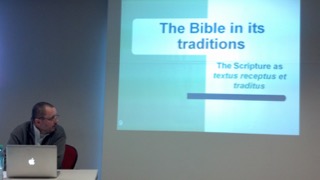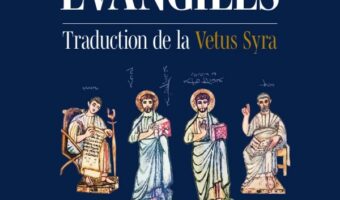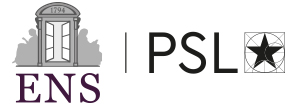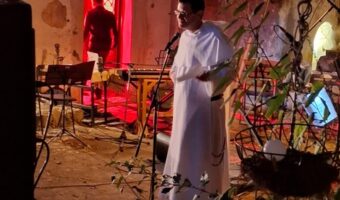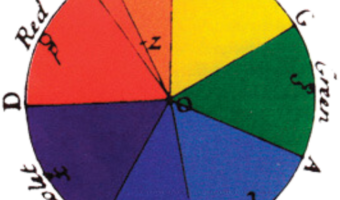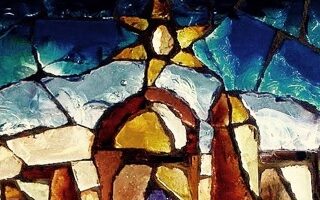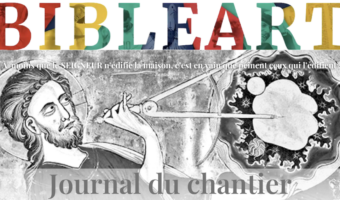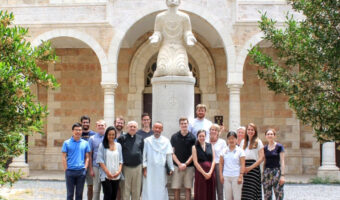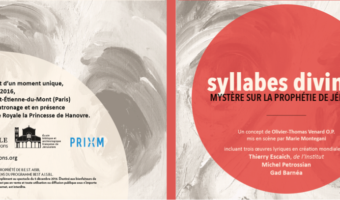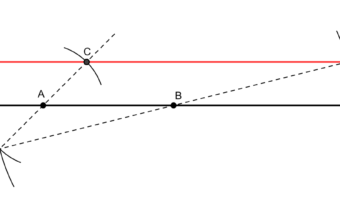Some of our most active collaborators have been lecturing about their work with The Bible in Its Traditions in the past weeks.
At the Society of Biblical Literature session in Buenos Ayres, on the 20th-24th of July
Reading and Interpreting the Bible in Argentina: History, Present, and Perspectives
7/24/2015 11:00 AM to 12:30 PM
Universidad Católica Argentina, San José Building
Constanza Levaggi, Unviersidad Católica Argentina, Presiding
Luis Rivas, Universidad Católica Argentina, Panelist
Santiago Rostom Maderna, Pontificia Universidad Católica Argentina, Panelist
Damián Nannini, Seminario San Carlos Borromeo, Panelist
Pablo Ferrer, Instituto Superior Evangélico de Estudios Teológicos, Panelist
Abstract
There are three sociocultural levels, which determine the style and characteristics of a translation: (1) for recipients with an average level of culture and education, (2) for recipients with low literacy level and underdeveloped reading skills, (3) for recipients with literary formation and prodigious reading skills.
We can identify a typology of translations: (1) one that swings between the strict equivalence and the necessary adaptations to the grammatical rules of the target language. (2) one that doesn’t seek a strict equivalence but a dynamic one. (3) one that provides a foothold for a “scientific” comment.
Each translation made in Argentina is thought for these kinds of recipients and follows one of these typologies: (1) Straubinger Bible, (2) Biblia del Pueblo de Dios, (3) Bible in its Traditions.
The project La Bible en ses Traditions (“The Bible in its Traditions”), driven by the École Biblique et Archéologique Française of Jerusalem, attempts to restore to the biblical text something of the history of its reception which is like his “resonance box”. It understands the Bible as Scripture received and transmitted; his authority is testified by believer communities who accepted and communicated it…
Prof. Felipe Doldan focused on the Jewish Traditions

